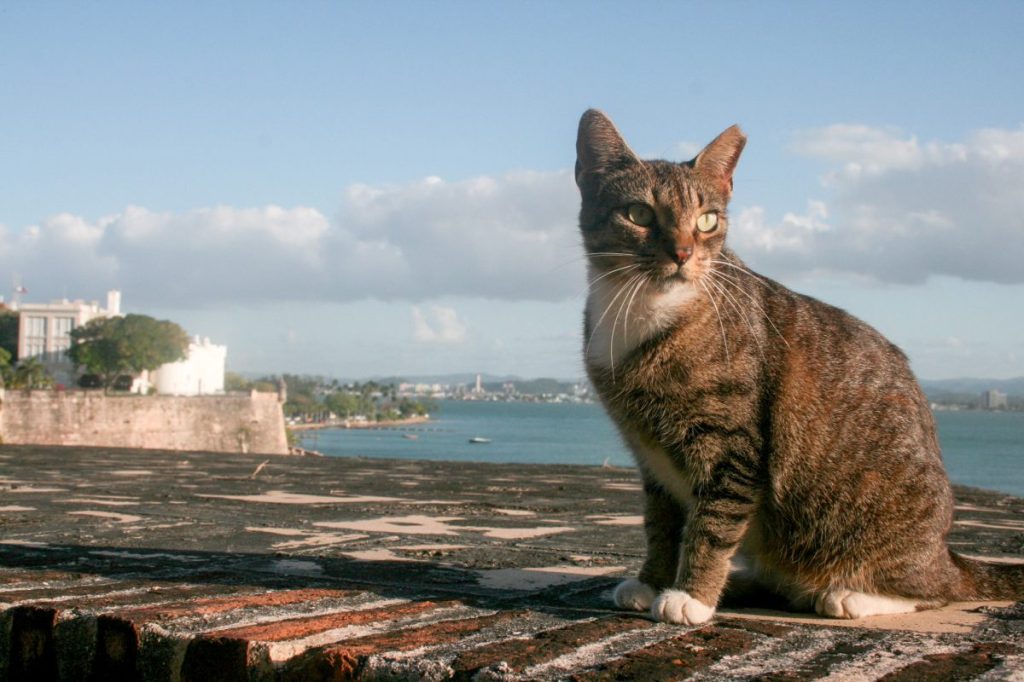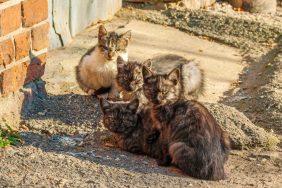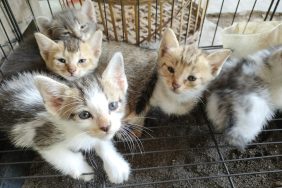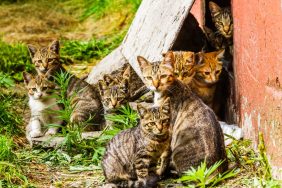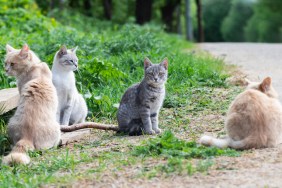The United States National Park Service (NPS) revealed a plan last week to remove hundreds of stray cats from a historic site in Puerto Rico’s capital over the next year, as per Associated Press. These cats, who roam the area freely, are seen as both a charm and an annoyance.
The agency announced plans to hire an animal welfare organization for the removal of approximately 200 cats inhabiting 75 acres around a fortress. The tourist hotspot is located in the San Juan National Historic Site. As such, it is operated by the federal agency in Old San Juan. NPS further added that if the selected organization does not succeed in removing the felines within six months, it would hire a removal agency.
Many cat enthusiasts have expressed disappointment over this proposal. However, NPS justified its decision by emphasizing that cats could potentially transmit diseases to humans. The park service’s plan asserted that all visitors would benefit from eliminating “potential disease vectors” from the tourist site.
Ana María Salicrup is the secretary of the board of directors for the nonprofit group Save a Gato. She is claiming that the six-month timetable for the removal of the cats is unfeasible. The group currently cares for the animals and hopes to be the one to carry out the plan.
“Anyone who has worked with cats knows that is impossible,” Salicrup stated. “They are setting us up for failure.”
Challenges for visitor safety and cultural preservation
Cats of all sizes, colors, and personalities stroll the coastal pathways surrounding the 16th-century fortress “El Morro,” located in the northwest corner of the San Juan capital. People believe that some of these felines descended from colonial-era cats, while the iconic Mayor Felisa Rincón de Gautier of San Juan introduced the others to the city. Her aim was to control the rat population in the mid-20th century. However, the number of cats has since grown into the hundreds. This has brought joy to some local residents and tourists but irritation to others.
Federal officials stated roughly two years ago that the surging cat population was causing problems. Most unsettling among them is the negative encounters occurring between the strays and visitors. Officials also cited the increasingly unpleasant odors of urine and feces as a source of concern. Both issues are seen as incongruous with the cultural setting.
Back in October 2022, agency Superintendent Myrna Palfrey issued a statement recently shared in the New York Post. In it, Palfrey stated, “The situation that these animals experience at the park, specifically at the Paseo del Morro, is not ideal for them.” Continuing, she added that it is also “inconsistent with National Park Service policies regarding the feeding of animals and invasive species.”
Cats considered part of local charm
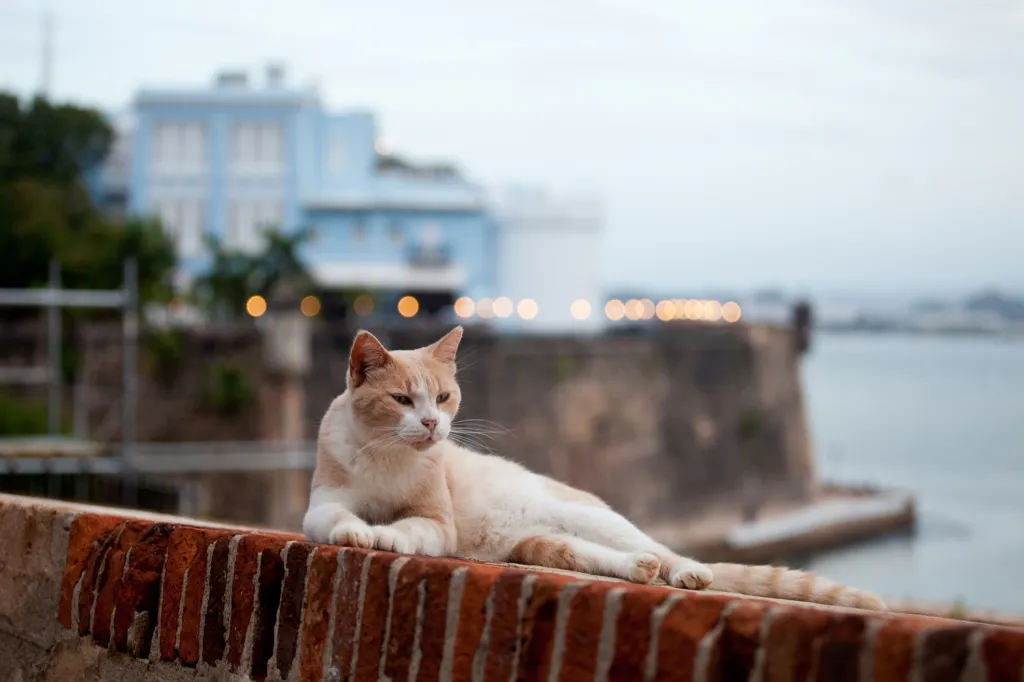
In an effort to increase the safety of visitors and employees — while also safeguarding cultural and natural resources — NPS conducted a hearing last year. As a result of that meeting, two possible solutions emerged: removing the cats or maintaining the current situation.
Attendees decisively dismissed the first option. One person referred to the cats as “one of the wonders of Old San Juan.” In fact, a statue in the historic site they inhabit even pays tribute to these feline inhabitants.
Danna Wakefield, a solar contractor who relocated to Puerto Rico in 2020, visits the cats on a weekly basis. During an interview, she shared, “Me and many other people love that walk because of the cats. Otherwise, it would be a very boring walk.”
The future of Old San Juan’s famous felines
On Nov. 28, the plan released by NPS mandated the removal of existing cat feeding stations unless they serve a temporary purpose of trapping cats. Furthermore, the plan prohibits unauthorized cat feeding, as it attracts rats and encourages individuals to abandon their pets, knowing they will be fed in that area.
According to the agency’s plan, the chosen animal welfare organization will decide whether to put the trapped cats up for adoption or house them with fosters. The group may also choose to send the animals to a shelter or explore other options.
Salicrup acknowledged the issue in finding homes for a large number of cats. She said that Save a Gato has made attempts to contact several sanctuaries in mainland U.S., but the typical response is always, “You cannot bring 100 cats here.”
NPS mentioned the potential to extend the six-month deadline for cat trapping if there is significant progress. If there isn’t, they would cancel the existing contract before hiring a different organization to remedy the situation.
“This is like Disney World for cats,” said Alfonso Ocasio, an avid cat lover. “I don’t know how these people dare face the world with their proposal.”
